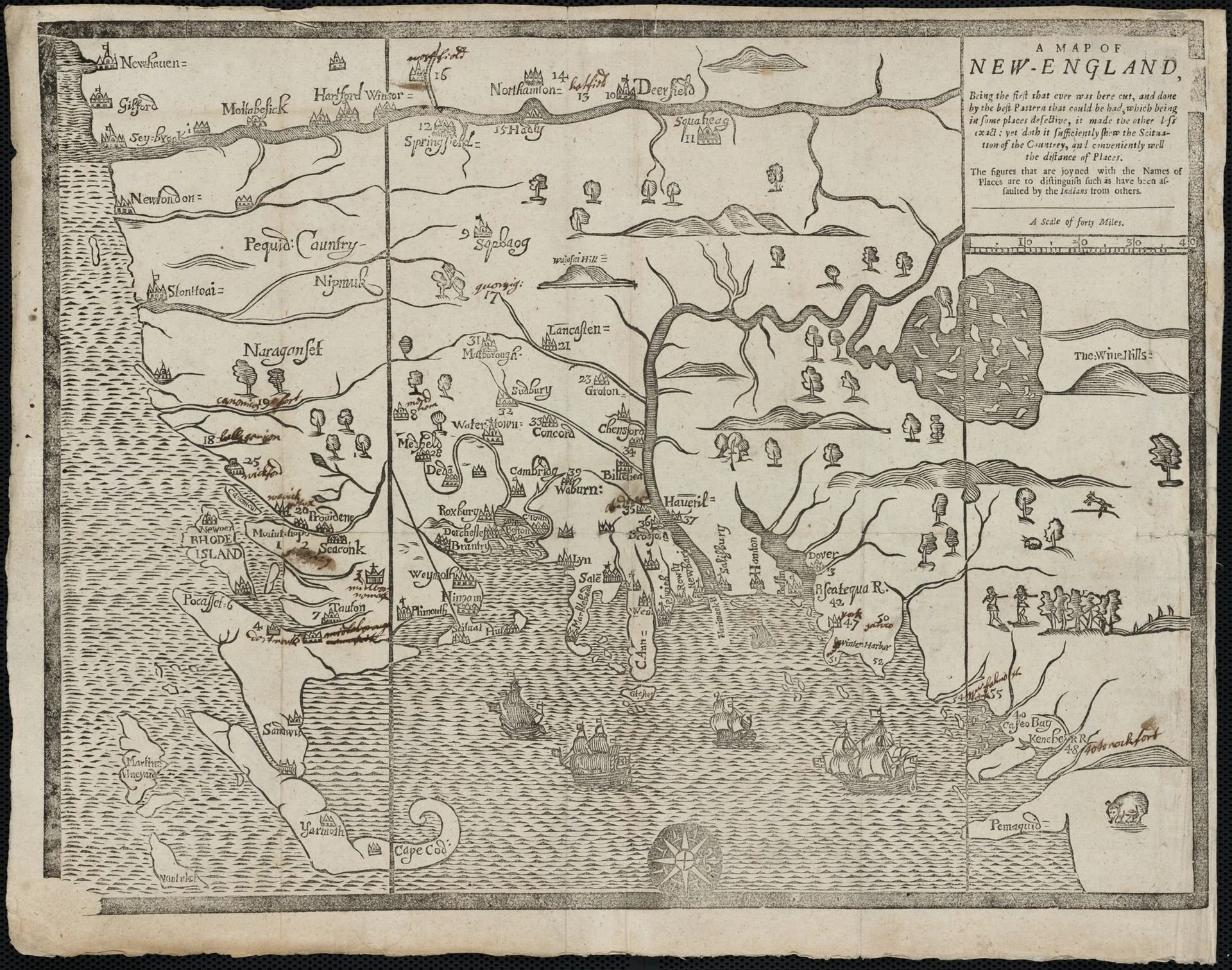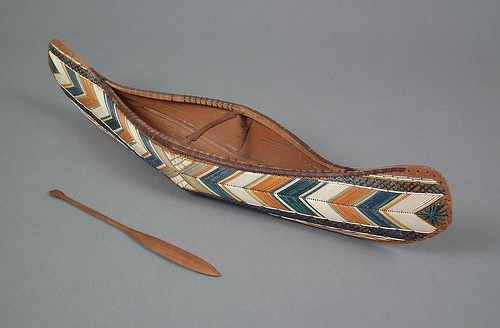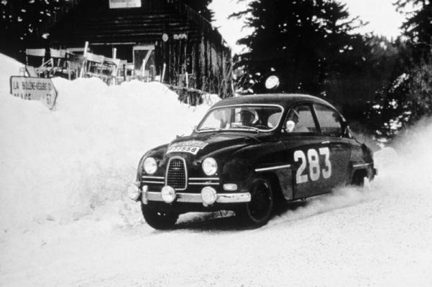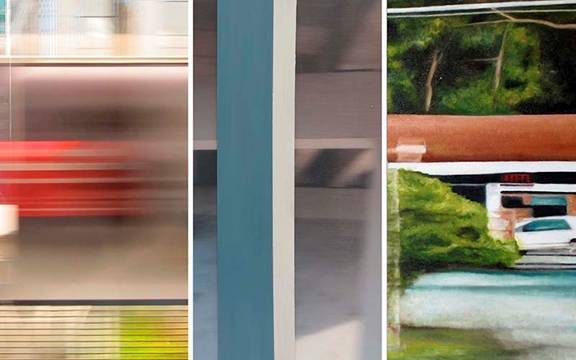By JOYCE ROWLEY/ecoRI News contributor
From EcoRi News
When the Bureau of Ocean Energy Management (BOEM) released its notice of intent to scope an environmental review for Atlantic Ocean oil and gas leases in January, it left little room for public comment at meetings. Using an open house-style meeting, BOEM’s Web site states the meetings “will not include a designated session for formal oral testimony.”
But by the third meeting, held Feb. 17 in Wilmington, N.C., 400 people had signed up to speak and 150 protesters convened at the meeting site, opposed to opening up any part of the Atlantic Ocean to the potential impacts of a BP Deepwater Horizon disaster.
The scoping sessions stem from BOEM’s 2017-2022 Outer Continental Shelf Oil and Gas Leasing Draft Proposed Program (DPP), released last month. Five-year plans are prepared under the 1953 Outer Continental Shelf (OCS) Lands Act.
However, this DPP calls for opening up sectors off the Mid-Atlantic states and off the Southeast to oil and gas drilling for the first time since 1983, triggering a programmatic environmental impact statement (PEIS) under the National Environmental Policy Act.
Atlantic Ocean OCS leases expired in the mid-1990s, after exploratory wells came up empty. Forty-three exploratory wells were sunk off the Northeast, one off the Mid-Atlantic states and seven off the Southeast.
BOEM contends those studies are outdated, and against strenuous objections from environmentalists, commercial and recreational fishing industries, state and federal legislators, and tens of thousands of individuals, BOEM approved a PEIS for geotechnical and geophysical (G&G) studies in the Atlantic last summer. BOEM is now working with coastal states and the National Oceanic and Atmospheric Administration (NOAA) to secure permits, including incidental “takes” of marine mammals and endangered species of turtles. Eight G&G contractors haveapplications pending for the work.
Back in the mix
Two years after congressional restrictions expired in 2008, the Atlantic OCS planning areas were put into the 2012-2017 plan. A PEIS published in early April 2010 included only the Mid-Atlantic and South Atlantic planning areas. But just as Northeast coastal communities breathed a sigh of relief, BP’s Deepwater Horizon exploratory oil rig exploded, creating the nation’s worst environmental disaster in its history.
In December 2010, the Atlantic planning areas were excluded from the final program plan. Six months later, governors in several Southern states formed the Outer Continental Shelf Governors Coalition, to expand areas for offshore energy development and regional revenue sharing. Virginia Gov. Terry McAuliffe, the former chairman of the Democratic National Party, also joined the coalition in asking for oil and gas drilling in the Mid-Atlantic.
Environmental groups, such as the North Carolina Chapter of the Sierra Club and the South Carolina Conservation League, had been protesting against use of the Atlantic OCS for three years. But U.S. Department of Interior Secretary Sally Jewell has said that it was Governors Coalition’s lobbying for opening the Mid-Atlantic and South Atlantic that convinced her to include these areas in the 2017-2022 DPP.
At the Feb. 20 Governors Association Conference in Washington, D.C., the Outer Continental Shelf Governors Coalition discussed putting legislation through Congress for federal-state sharing of royalties, bonus bids and rents from Atlantic offshore oil and gas development.
In opposition
Virginia Congressmen Gerald Connolly, Bobby Scott and Donald Beyer have written Jewell asking her to exclude the Mid-Atlantic from consideration.
“Drilling on the Atlantic Outer Continental Shelf (AOCS) is a source of considerable debate in the Commonwealth. It threatens local economies, ecosystems, natural resources, and poses significant national security concerns,” the congressmen wrote.
The letter went on to say that the action puts at risk 91,000 tourism, recreation and fisheries jobs that represent $5 billion of Virginia’s GDP for “a few days’ worth of national oil and gas supply.”
This month’s public protests are a small segment of a much larger public outcry. Federal and state leaders, environmental NGOs and some 285,000 individuals have written in opposition. Senators Jack Reed, D-R.I., and Sheldon Whitehouse, D-R.I., Elizabeth Warren, D-Mass., and Ed Markey, D-Mass., co-signed a letter in opposition with five other senators.
Rep. David Price, D-N.C., wrote a letter co-signed by 36 other members of Congress, which read in part:
“We believe that the circumstances that informed the exclusion of Atlantic planning areas under the existing Five-Year Program remain unchanged. Additionally, significant federal, state, and local resources have been expended in an effort to improve the health of Atlantic fisheries, protect endangered and threatened species that rely on the Atlantic Ocean and coast, and ensure the continued economic vitality of coastal areas through recreation and tourism. We believe that allowing oil and gas development in the Atlantic would be inconsistent with and contrary to these ongoing efforts.”
Upon release of the 2017-2022 DPP last month, Markey, with senators Cory Booker, D-N.J., Robert Menendez, D-N.J., and Ben Cardin, D-Md., held a press conference seeking administrative withdrawal of the Atlantic planning areas.
Areas can be excluded one of three ways: by presidential administrative withdrawal, as has happened with the North Aleutian planning area in Alaska; by a congressional moratoria, which protected the East Coast from consideration until 2008 and now protects the Eastern Gulf of Mexico; or by the secretary of the interior.
Markey has noted that the existing 2012-2017 DPP utilizes 75 percent of all U.S. oil and gas reserves currently available, yet less than a quarter of all leases are actively developed. Addition of the Atlantic Ocean planning areas proposed would only increase accessible reserves by 5 percent, according to Markey.
Citing a recent Oceana economic analysis comparing offshore drilling and wind energy, Markey said:
“Offshore oil spills don’t respect state boundaries. A spill off the coast of North Carolina could affect Massachusetts. We saw what happened after the BP spill. My state’s fishing and tourism industry can’t afford that kind of tragedy.”
Noting there has never been a tragic wind-energy spill, Markey went on to say that Congress has yet to enact key drilling safety reforms, such as raising the liability cap for an offshore spill and increasing the civil penalties that can be levied against oil companies that violate the law.
Currently, the liability limit is set at $73 million for damages caused by an offshore oil spill.
The latest cost estimate for the BP spill is $46 billion in clean-up efforts and damages. In 2012, BP pled guilty to 11 felony charges in the deaths of 11 workers killed in the explosion and paid $4 billion. Last September, BP appealed a federal court ruling that 4.2 million barrels were spilled, claiming a much lower 2.5 million barrels flowed from its damaged well. The court may award damages of up to $4,300 per barrel under the federal Clean Water Act.
The most recent incident data available for the Gulf of Mexico indicates there have been 22 loss-of-well-control incidents, 461 fires/explosions, 989 injuries and 11 fatalities between 2011-2014. There were three major spills in 2011 and eight in 2012.
Public comment
The last two Atlantic region meetings on the environmental scoping document are scheduled to be held March 9 in Annapolis, Md., and March 11 in Charleston, S.C.
There are two separate documents in progress — the 2017-2022 DPP and the scoping for the PEIS. Comments submitted to one will not be automatically included with the other. Comments will be accepted until March 30.
For the 2017-2022 DPP, submit online or in writing to Ms. Kelly Hammerle, Five-Year Program Manager, BOEM (HM–3120), 381 Elden St., Herndon, VA 20170.
To comment on the scope of the PEIS, submit online or mail in an envelope labeled ‘‘Scoping Comments for the 2017–2022 Proposed Oil and Gas Leasing Program Programmatic EIS’’ to Mr. Geoffrey L. Wikel, Acting Chief, Division of Environmental Assessment, Office of Environmental Program (HM 3107), Bureau of Ocean Energy Management, 381 Elden St., Herndon, VA 20170–4817.
Portions of this article used reporting by the Wilmington (N.C.) Star and The Myrtle Beach (S.C.) Sun News.









